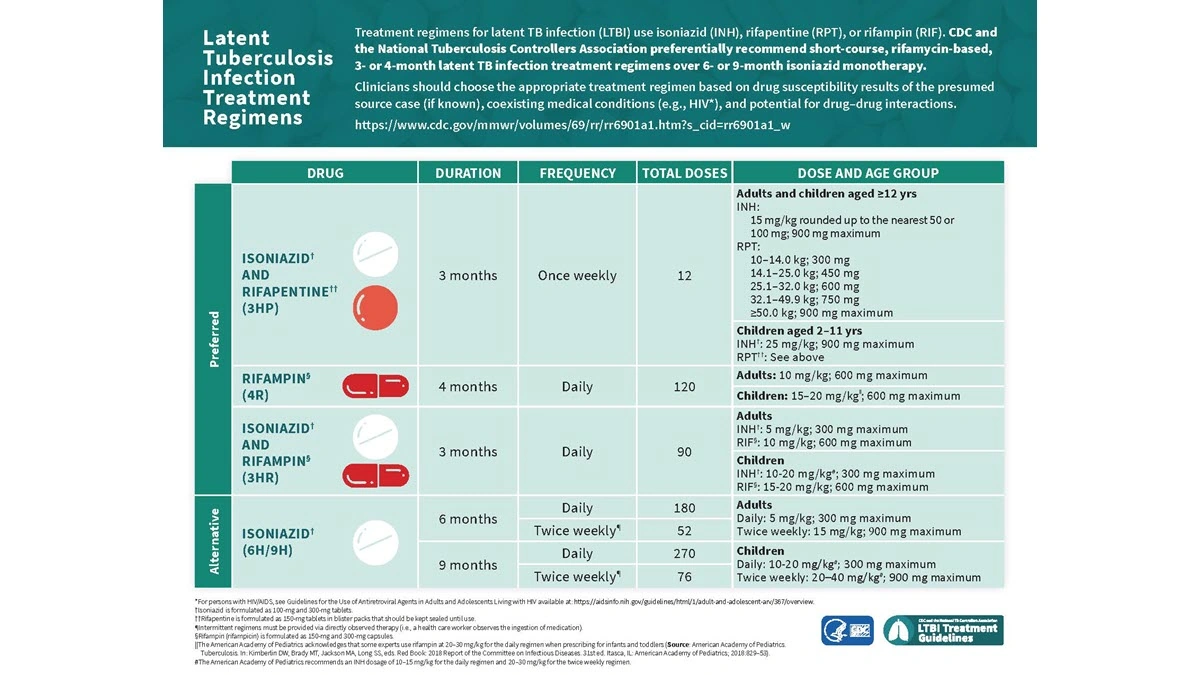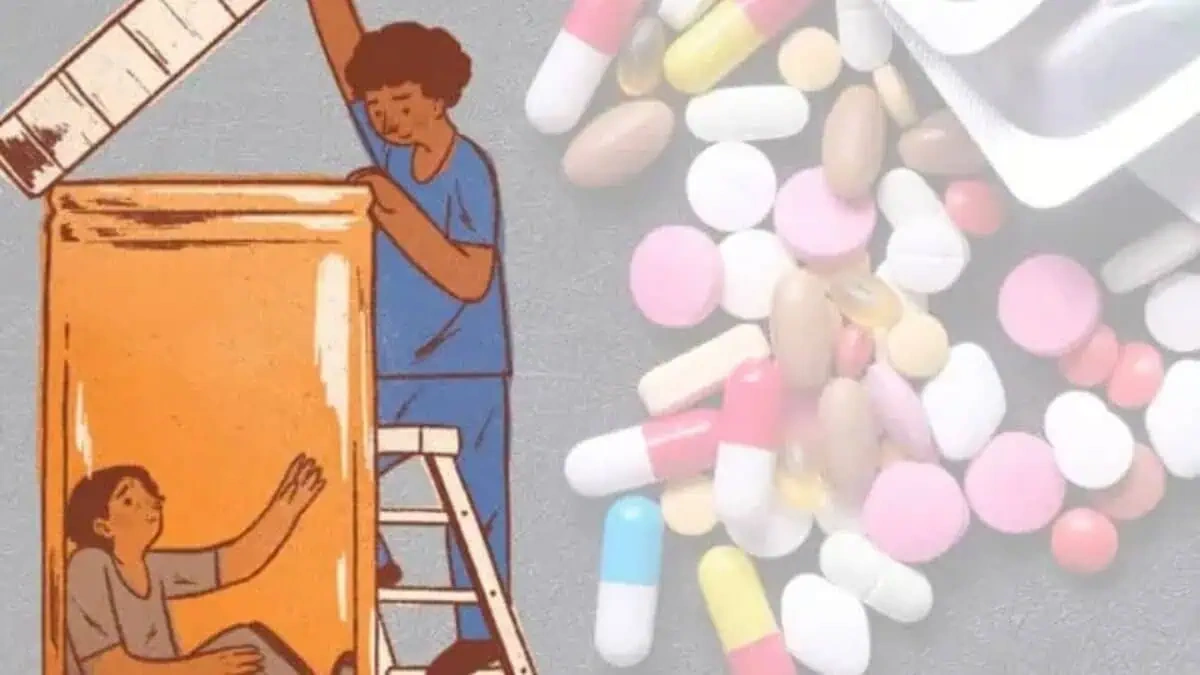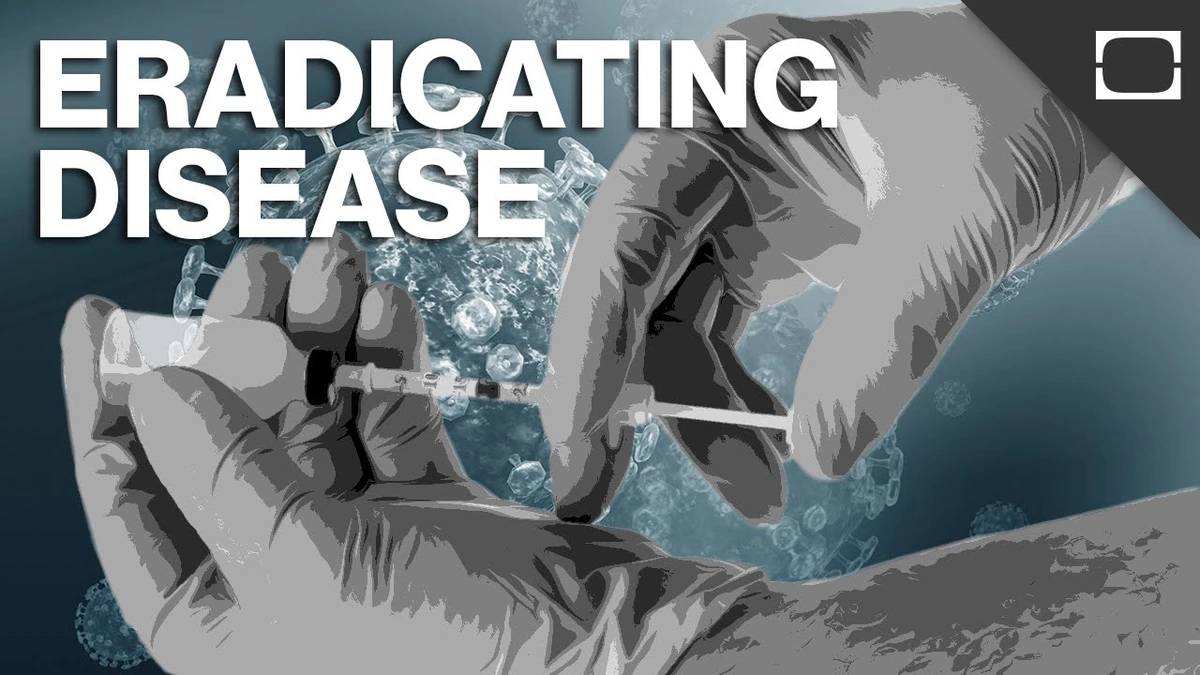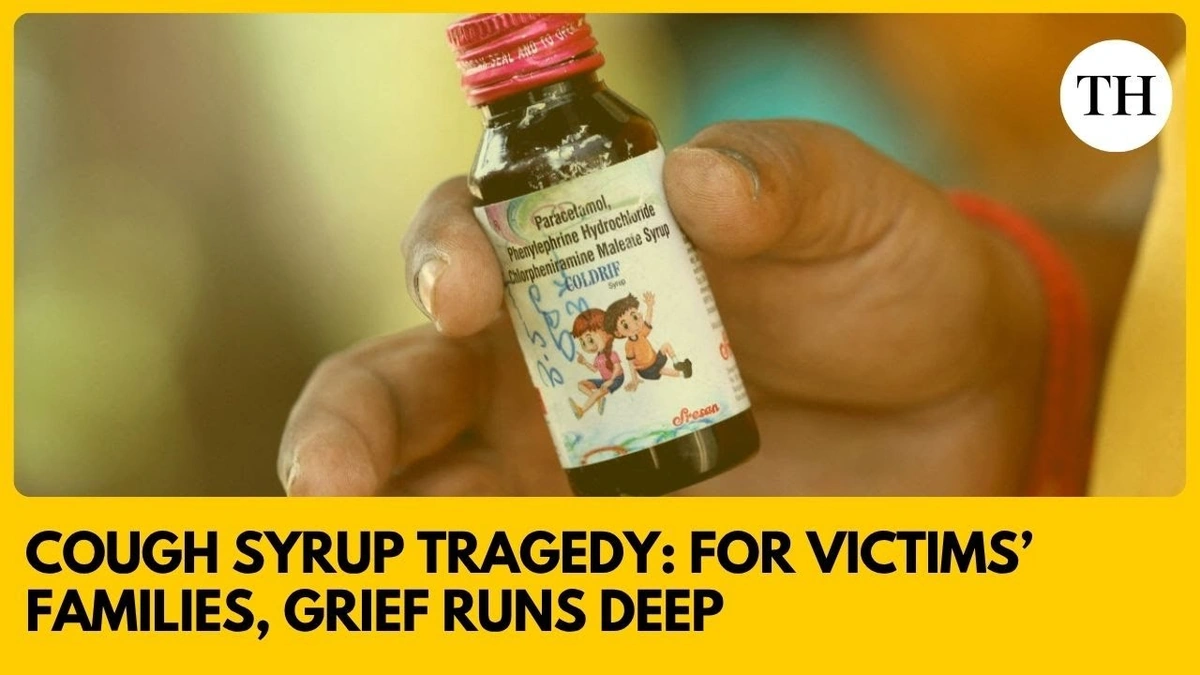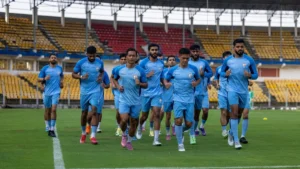New TB Guidelines from WHO Recommend Food Assistance
Tuberculosis (TB) remains a significant public health challenge in India, wouldn’t you agree? We often hear about the disease, but what really changes on the ground? The World Health Organization (WHO) recently updated its TB guidelines , placing a renewed emphasis on something surprisingly simple yet profoundly impactful: food assistance. This isn’t just about treating the infection; it’s about nourishing the patient back to health. So, what exactly does this mean for India, and why is food such a critical component of TB care?
Why Food Assistance Matters | The Deeper Connection
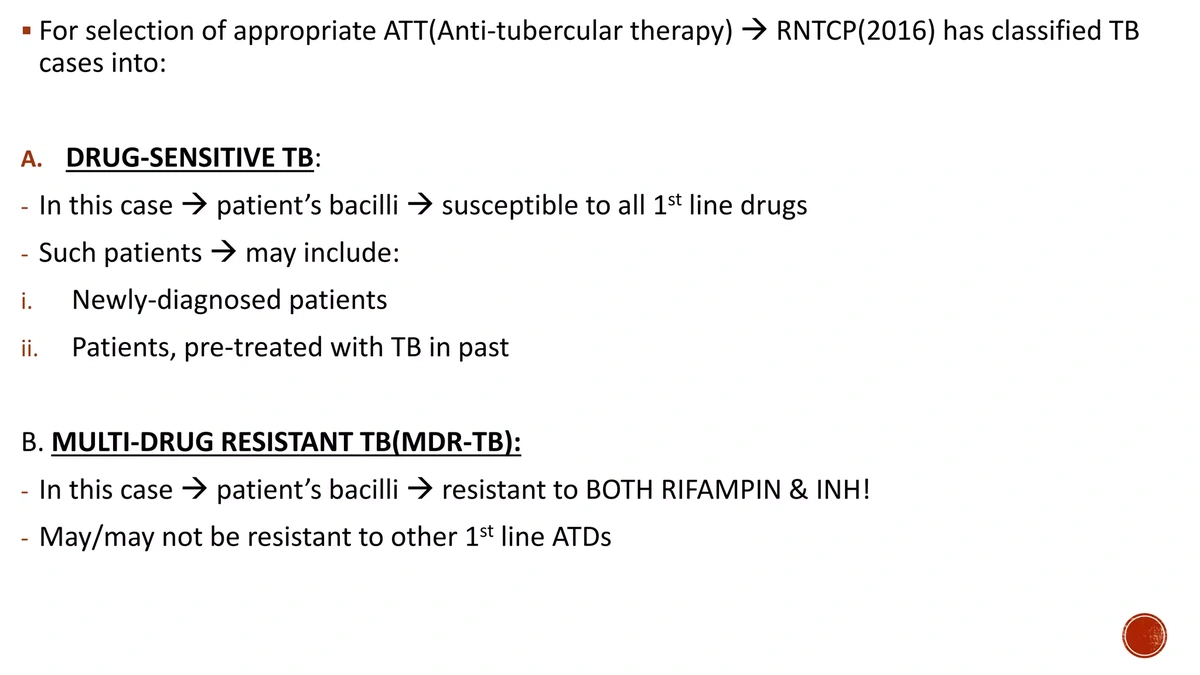
Here’s the thing: TB and malnutrition are intricately linked. Malnutrition weakens the immune system, making individuals more susceptible to TB infection and hindering their response to treatment. It’s a vicious cycle, really. When someone is already battling TB, their body needs extra nutrients to repair damaged tissues and fight off the bacteria. Without adequate nutrition, treatment outcomes are often poorer, and the risk of relapse increases. Nutritional support becomes less of an add-on and more of an essential part of the care package.
Think of it this way: you can’t build a strong house with weak bricks, right? Similarly, medication alone can only do so much if the body is starved of the essential building blocks it needs to heal. Addressing malnutrition, using strategies like food rations for TB patients , directly supports the efficacy of the drugs themselves. But, it’s not just about physical health. The emotional and mental well-being of patients is also affected. Imagine trying to recover when you’re constantly worried about your next meal.
The New WHO Guidelines | A Closer Look
So, what do these new guidelines actually say? They strongly recommend that TB treatment programs integrate nutritional assessment and support as a standard component of care. This includes providing food packages, nutritional counseling, and monitoring the patient’s nutritional status throughout the treatment period. The updated guidelines are a huge step towards providing comprehensive TB care , which goes beyond just administering drugs. Essentially, the WHO is saying, “Let’s not just treat the disease; let’s heal the person.”
A common mistake I see with these kinds of recommendations is that they’re viewed as optional. In reality, these updated TB guidelines highlight the need for integrated healthcare solutions, which may also include socio-economic support for families affected by TB.
India’s TB Burden and the Role of Nutrition
India bears a significant portion of the global TB burden, and malnutrition is widespread, sadly. This makes the implementation of these guidelines particularly crucial here. The Indian government has already taken steps to address this through programs like the Nikshay Poshan Yojana, which provides financial assistance to TB patients for nutritional support. But, there’s always room to do better. The challenge lies in ensuring that these programs reach everyone who needs them, particularly in remote and underserved areas. And it’s not just about providing food; it’s about providing the right food – a balanced diet that meets the specific nutritional needs of TB patients. Let’s be honest, systemic changes are needed to prioritize nutritional support and allocate the necessary resources to combat TB effectively.
What fascinates me is the potential ripple effect. When we address malnutrition in TB patients, we’re not just improving their chances of recovery; we’re also contributing to the overall health and well-being of their families and communities. A healthier population is a more productive population, and that benefits everyone in the long run.
Practical Steps and Future Directions
What can be done to improve the implementation of these guidelines in India? Firstly, there needs to be greater awareness among healthcare providers about the importance of nutritional support in TB care. Training programs and educational materials can play a vital role in this. Secondly, we need stronger collaborations between the health sector and other relevant sectors, such as agriculture and social welfare, to ensure a coordinated approach to addressing malnutrition. According to theWHO website, multi-sectoral collaboration is key in reaching the goals for TB eradication. Finally, ongoing monitoring and evaluation are essential to track progress and identify areas where improvements are needed. Let me rephrase that for clarity – we need to see if these programs are actually working and adjust them as necessary. The success of these new TB prevention strategies relies on constant refinement.
A common barrier to implementation is funding. More investment is needed to ensure that adequate resources are available to provide nutritional support to all TB patients. And, let’s be honest, the fight against TB requires a long-term commitment. It’s not something that can be solved overnight. But by prioritizing nutrition and implementing these new guidelines effectively, we can make significant strides towards reducing the TB burden in India and improving the lives of millions.
And so, this isn’t just about new guidelines; it’s about a paradigm shift in how we approach TB care – one that recognizes the vital role of nutrition in healing and recovery.
FAQ Section
Frequently Asked Questions
What kind of food assistance is recommended for TB patients?
The guidelines suggest providing a balanced diet rich in protein, vitamins, and minerals. This can include food items like pulses, cereals, vegetables, fruits, and dairy products.
How long should TB patients receive food assistance?
Nutritional support should ideally be provided throughout the entire duration of TB treatment, which typically lasts for at least six months.
Is the Nikshay Poshan Yojana sufficient to meet the nutritional needs of all TB patients in India?
While the Nikshay Poshan Yojana is a valuable initiative, more efforts are needed to ensure that all TB patients receive adequate nutritional support, especially in remote and underserved areas.
What are the challenges in implementing these new guidelines?
Challenges include inadequate funding, lack of awareness among healthcare providers, and difficulties in reaching remote populations.
How can I help support TB patients in my community?
You can support TB patients by raising awareness about the disease, donating to organizations that provide nutritional support, and advocating for better healthcare services. Or even just learnabout it.
Where can I find more information on TB and nutrition?
You can find more information on the WHO website or from the Ministry of Health and Family Welfare.
